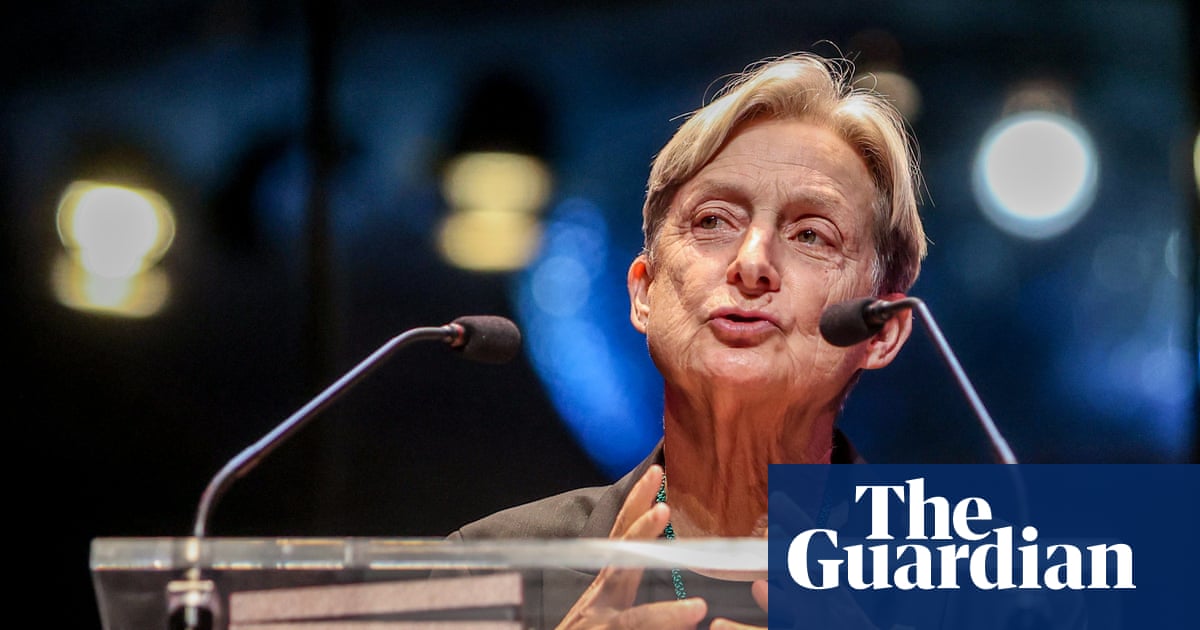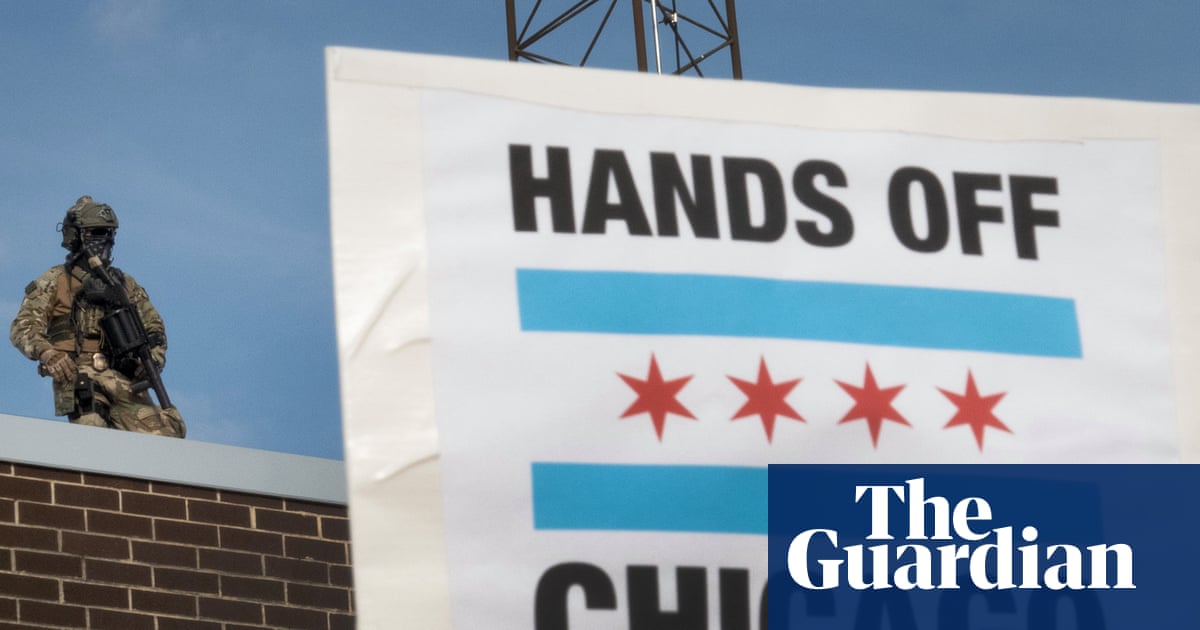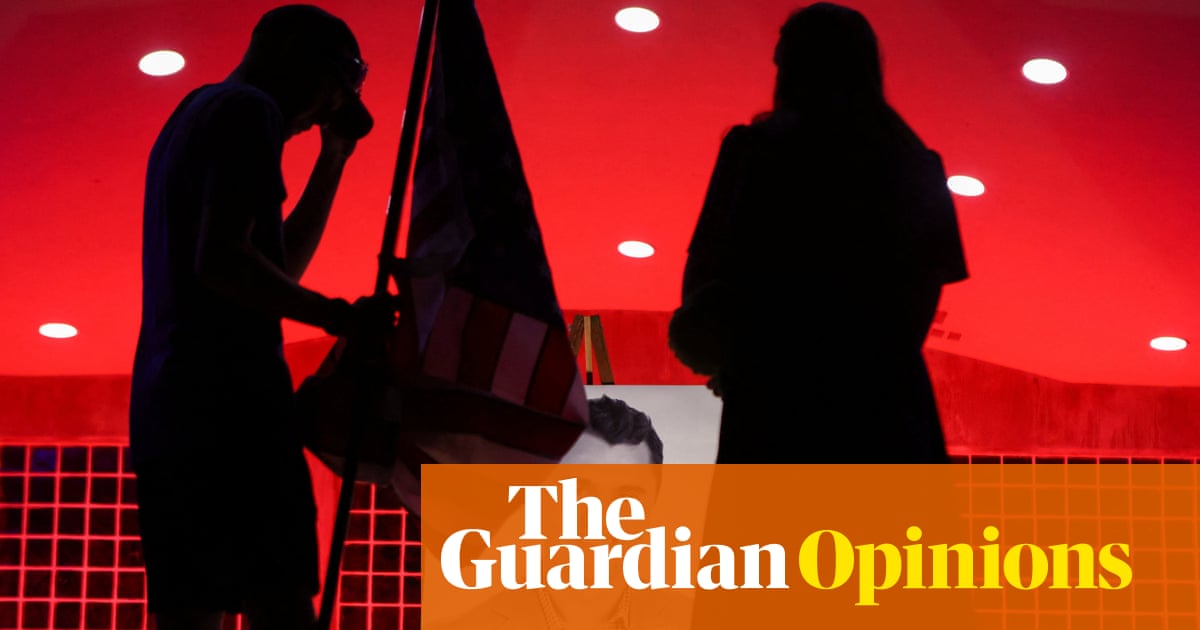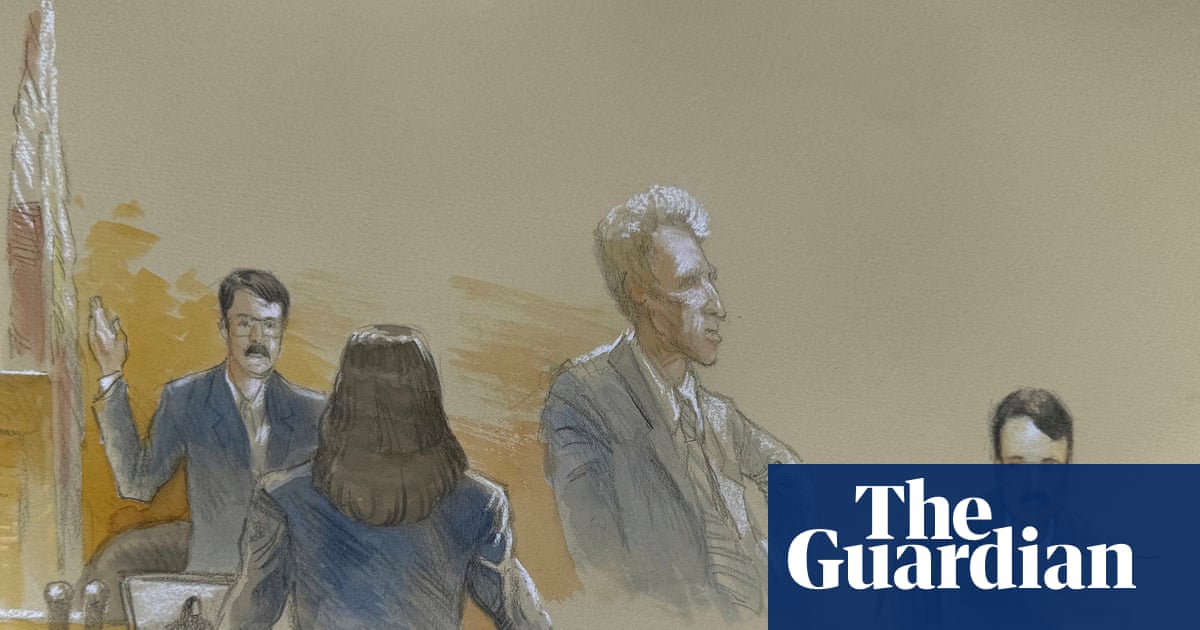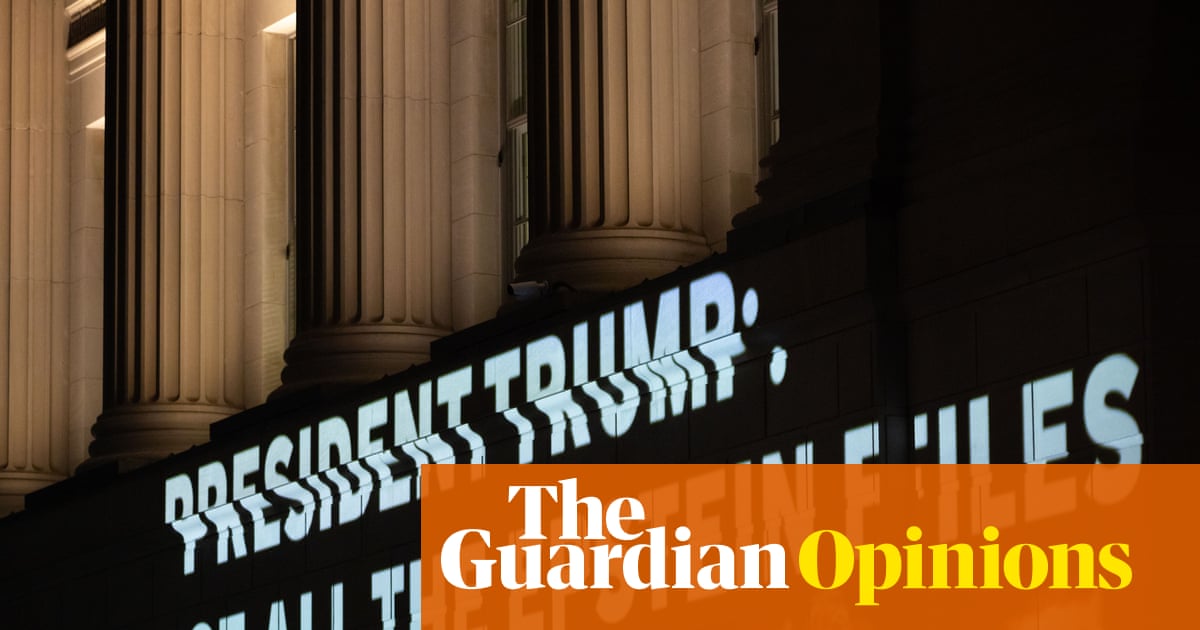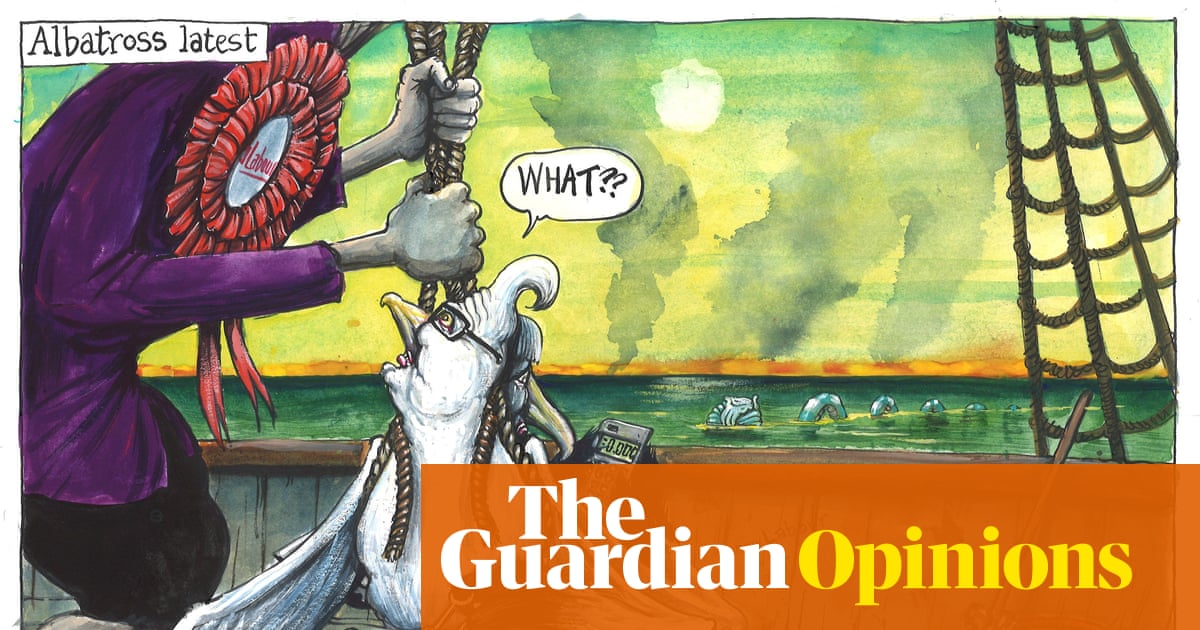On the second floor of an unprepossessing building on the outskirts of Amsterdam, there is a metal cabinet that destroys footballers’ DNA. The contraption belongs to MatchWornShirt and was part of a deal to sell the kits of Real Madrid players to the public. To allay concerns that the genetic material of Cristiano Ronaldo might escape into the wild, the steel wardrobe was built so that every shirt could be blasted by a germicidal lamp.
For new, read old, because MatchWornShirt sells precisely what the company’s name suggests: kits that have been stuck to the bodies of professional athletes. Want the jersey Son Heung-min pulled on against Manchester United in the Europa League final? You can have it, if you beat the current auction price of £22,000. The very shirt Cole Palmer had on when he scored four first-half goals against Brighton last season? That went for £34,000.
It should probably be clarified that dousing shirts in ultraviolet C light, while separating DNA, leaves mud and grass stains intact. It also preserves the smell, that rich musky scent of dried-in sweat that pervades the storerooms of MatchWornShirt HQ and is clearly of importance to people who end up buying the merchandise.
“When we first worked at PSV, we had a lot of messy shirts and people wanted to come in just to smell them,” says Tijmen Zonderwijk. “We have people who buy shirts and their first question is: ‘What is the size? Because I want to wear it to football practice on Tuesday.’ These are super-prestigious shirts we’re talking about and we were like: ‘What? You’re going to wash away the signature!’”
Tijmen and his brother Bob switched out of the legal profession a decade ago to set up MatchWornShirt and live the dream of extracting sweaty equipment from tired athletes. Building their company from scratch, they have experience of sweeping up kits from the floors of dressing rooms - “We said: ‘Just give us the accreditation we’ll take the strips off the players backs’” – and of hand-delivering shirts to those who bought them, the better to understand their customer base.
Once, the brothers travelled to London, intrigued by frequent purchases from an investment firm. “It turned out to be a personal assistant who was buying them,” says Bob, “She worked for the firm but was not a big earner. Some people will spend four or five hundred euros on a shirt and sacrifice their summer holiday for it. It’s people from all walks of life”.
Today MatchWornShirt has partnerships with more than 300 clubs and ships kits all over the world (the UK is its biggest market, followed by the United States, then China). The business is a prominent example of the growth in football kit collecting, but it’s hardly the only one.
Classic Football Shirts, which again sells exactly what it promises in the shape of second-hand vintage shirts (not necessarily worn by players), experienced a 25% growth in sales in its last set of accounts and is controlled by a US private equity firm, The Chernin Group. What was once simply a garment that broadcast your affiliation to a club is now something that millions use to tell the world different things about themselves.
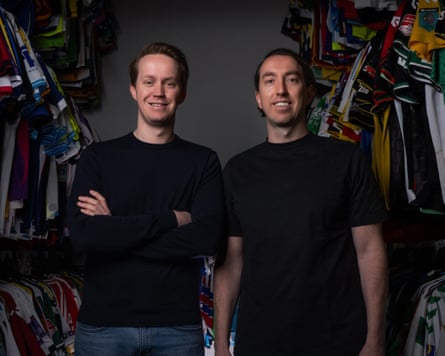
Football shirts are ubiquitous in popular culture and essential streetwear; whether it’s Dua Lipa embodying the “blokecore” trend in a Palermo shirt or the Irish rockers Fontaines DC sponsoring and modelling Bohemians’ third kit.
“We’re constantly saying that subcultures are dead, right?” says Matt O’Connor-Simpson, the digital editor of football culture magazine Mundial. “But if I’m outside of Dublin and I see someone wearing a Bohemians shirt, I know I’m not necessarily going to be able to discuss how Lys Mousset’s playing for them. But I’ve got a pretty good idea about what they think about football, what they think about politics, what they think about society as a whole. It’s a bit of a calling card.”
O’Connor-Simpson argues that vintage shirts are more desirable the further they travel from their home crowd, in space and time. Wearing a Brazilian shirt in the UK is different to doing it in South America, and more so when that shirt is a 2006 Adriano-era Nike number. “I think Brazilian teams are a good example,” he says.
“Grêmio are very, very popular, Fluminense, Flamengo, too. I think for a lot of people, they might not know the specifics of what those clubs stand for, but they just look amazing, don’t they?” The clothing trading app Depop say Brazilian shirts are the biggest seller in an “incredibly popular” part of its business.
MatchWornShirt sees itself as working with a different clientele from your average vintage collector, but the connection is still personal, the brothers arguing that the shirt often serves as a conduit for memory. “I think when you look at the shirt, you try to make a recollection of those moments when you were there watching the game,” says Tijmen.
after newsletter promotion
Neither do those memories have to have been formed in the stadiums. Bob observes a continuing demand from Japan for shirts of the Dutch second division side VVV Venlo almost a decade after they stopped recruiting Japanese talent looking to play abroad.
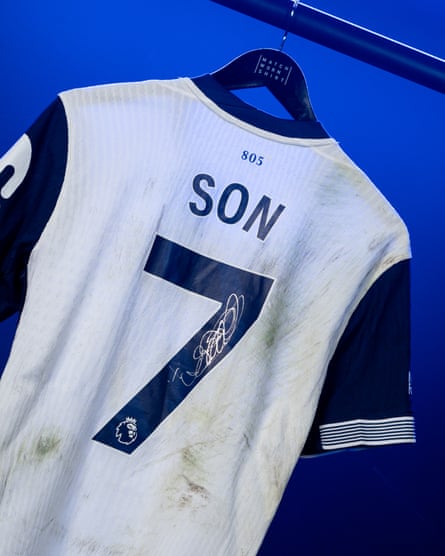
As the number of shirt sales and shirt collectors grows and bigger money comes into the market, authenticity is an issue retailers are thinking about. “A lot of the collectors that we speak to now, say it’s so difficult to find genuine products, especially if you go further back in time,” says Tijmen.
Classic Football Shirts says a “dedication to curation and authentication” is at the heart of its business. MatchWornShirt uses a digital platform to log each item, and chips attached to the shirts are used as digital ledgers for proving their provenance. Another approach is taken by Score Draw. It strikes deals with clubs and federations to provide official retro shirts which imitate the designs of years past, without the manufacturers’ logo (recently added: the long- and short-sleeve version of the Scotland kit from … 1967).
The era of big shirt is here, and not just because boxy fits are fashionable. MatchWornShirt has struck a deal with the United States Soccer Federation before the 2026 World Cup, and Classic Football Shirts has opened shops in Miami, New York and LA.
For O’Connor-Simpson, however, there is a risk that it all goes a bit too far. Citing the example of Uefa launching its own kits to commemorate the European club competition finals this past month – “It’s blown my mind how bad it is. I’ve no idea who it’s for” – he says that as soon as “something becomes so big that brands who don’t understand the space are involved, it gets a bit bleary.”
Eventually, he says, the football shirt will make an exit from mainstream culture again, but thats’s OK. “It’s an established subculture now,” he says. “There’s enough people who get it, that it’ll be fine.”

 3 months ago
42
3 months ago
42

